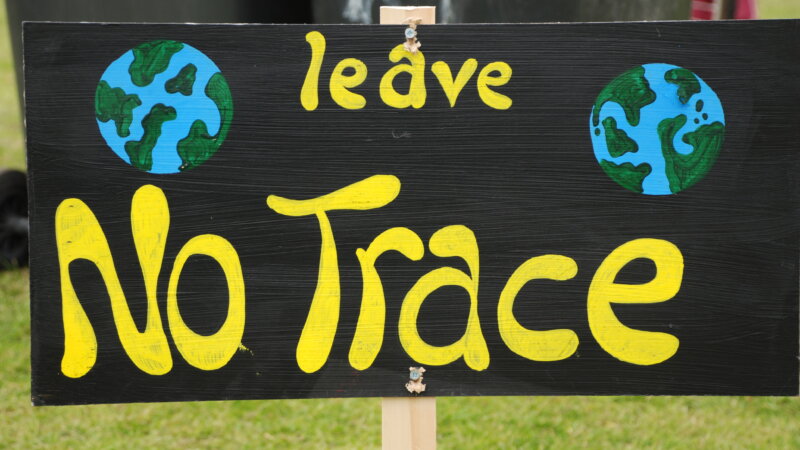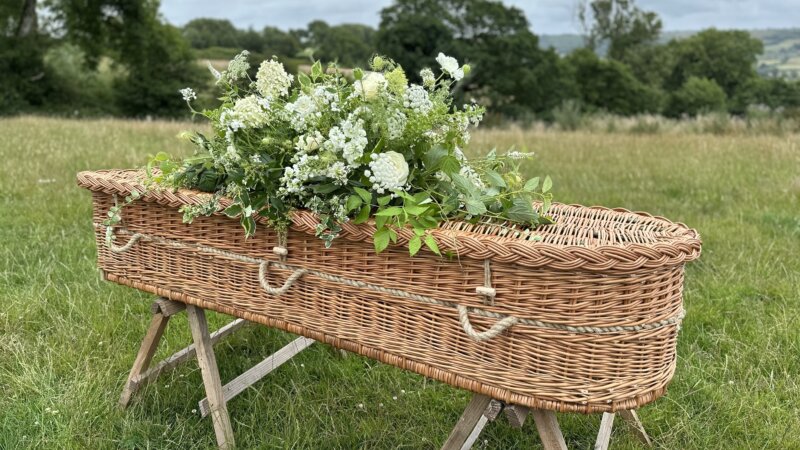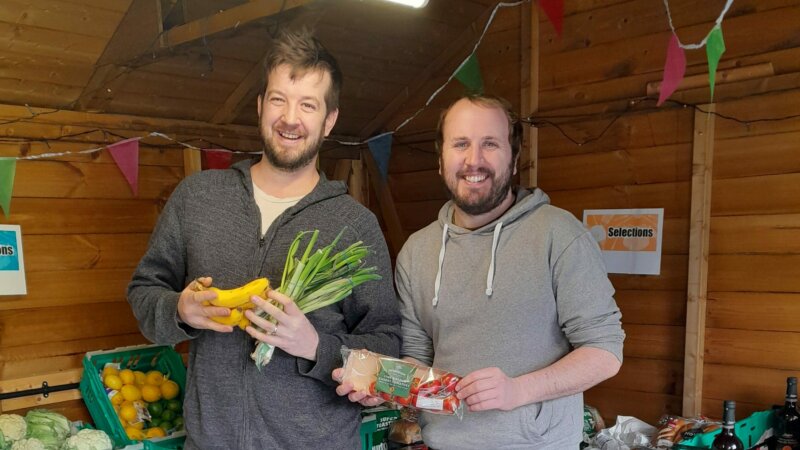Green Belt: We need more room
There's a baby boom and we need more room. It's time to build more houses. Parents and grandparents and kids all in one house again. It's time to build more houses. The housing ladder is being pulled up – 99% mortgages and no-one can get on. It's time to build more houses.
Build more houses everywhere. Build more houses on brownfields and greenfields. Squeeze them in. Eighty houses per hectare, all mini-detached and micro-semis, tiny gardens and box rooms. Sheffield has 1,500 people per kilometre. If we were a country we'd be somewhere between Malta and Bahrain. We're greener than either of those though, with our parks and trees and wildflower patches. We've got the lush Peak District on our doorstep. Fifteen minutes from ultra urban to sheep bleating. For the moment.
The guidance for new housing developments is currently chugging through the council machine. After developers complained about requirements for green space the Council has agreed to cut any requirement for green space in developments under four hectares. That's a development around the size of four Bramall Lanes with no shared green space or wildflowers or trees. Just tiny gardens and whatever people decide to do with them. There isn't even a guarantee for schemes over that size. The issue is profit. It takes around £160,000 to build a house. That's a big chunk of money. The developers don't want to add in buying and landscaping a bit of land which can't be sold on.
So no lush garden city here, even though shared green spaces reduce pollution and alleviate depression and anxiety, particularly in children. In our rush for houses we risk losing green spaces that we can enjoy every day, that are part of our lives. We risk being left with wildflower reserves and tree museums, accessible only by a commute out of the city.
If housing developments are to be made more pleasant then the whole thing will need more room. Sheffield has a fair few former factory sites that could be used, but there are arguments about whether there are enough brownfield sites to meet the need for housing. The consultation on the Council's plans stated that "beyond the short term, the planning strategy does need to be revisited more radically ... including options for the Green Belt". The Government is also getting in on the act. If councils don't allow "proposals for significant development in the Green Belt", for example because of local opposition, then ministers have new powers to force development through.
Sheffield has been growing for a long time, of course. In the nineteenth century housing exploded outwards across green fields and farms, only slowing in the last few decades when we realised how important it was for cities to have green lungs. The ability to leave the grey streets where I live and soon be running across green fields is something I'll jealously guard. If the Council suggests taking my Green Belt I'll point to the other side of the city and shout "there". But ‘not in my back yard’ isn't a long-term solution.
If we have to build on the Green Belt, perhaps we should make sure it is not the same grey streets and cramped boxes. Yet wherever we nibble at the Green Belt we risk destroying some more of what supports the whole Earth. Once dug over, you won't get an ecosystem back by sowing seeds and shoving in a few newts. Unfortunately the alternative to throwing up ever more houses in the city doesn't seem very appealing either. It would be nice to bring a bit of Green Belt into our city. Divide side streets into two with mini-parks in the middle. Create wildflower fields, orchards and allotments where satanic steelworks once stood. Being surrounded by living things has psychological benefits, health benefits, environmental benefits. It's just good.
So we might need to think about why we need so many houses at all. We like having babies, but babies grow into adults who will need a home. We like not starving or being beaten up, but where people suffer poverty and conflict they come looking for a safer place. By the end of the century the UK will have somewhere between 60 million people, where we are now, and 110 million people. If we like having places to escape from the city, then we need to talk about where our babies will live when they grow up. If we like quiet fields bordered by whispering trees, then we need to talk about how to reduce poverty and conflict elsewhere. If we like a green and pleasant land, then we need to make choices.
We each currently have 3,800 square metres of the UK apiece, a bit over half the pitch at Bramall Lane. How much would you like to live on? How much do you want for running free?
Growth of urbanisation in Sheffield since 1400 - sytimescapes.org.uk
Campaign for Rural England - cpre.org.uk
Details of future planning consultations are listed at sheffield.gov.uk
Photo by Chard Remains Photographical )







